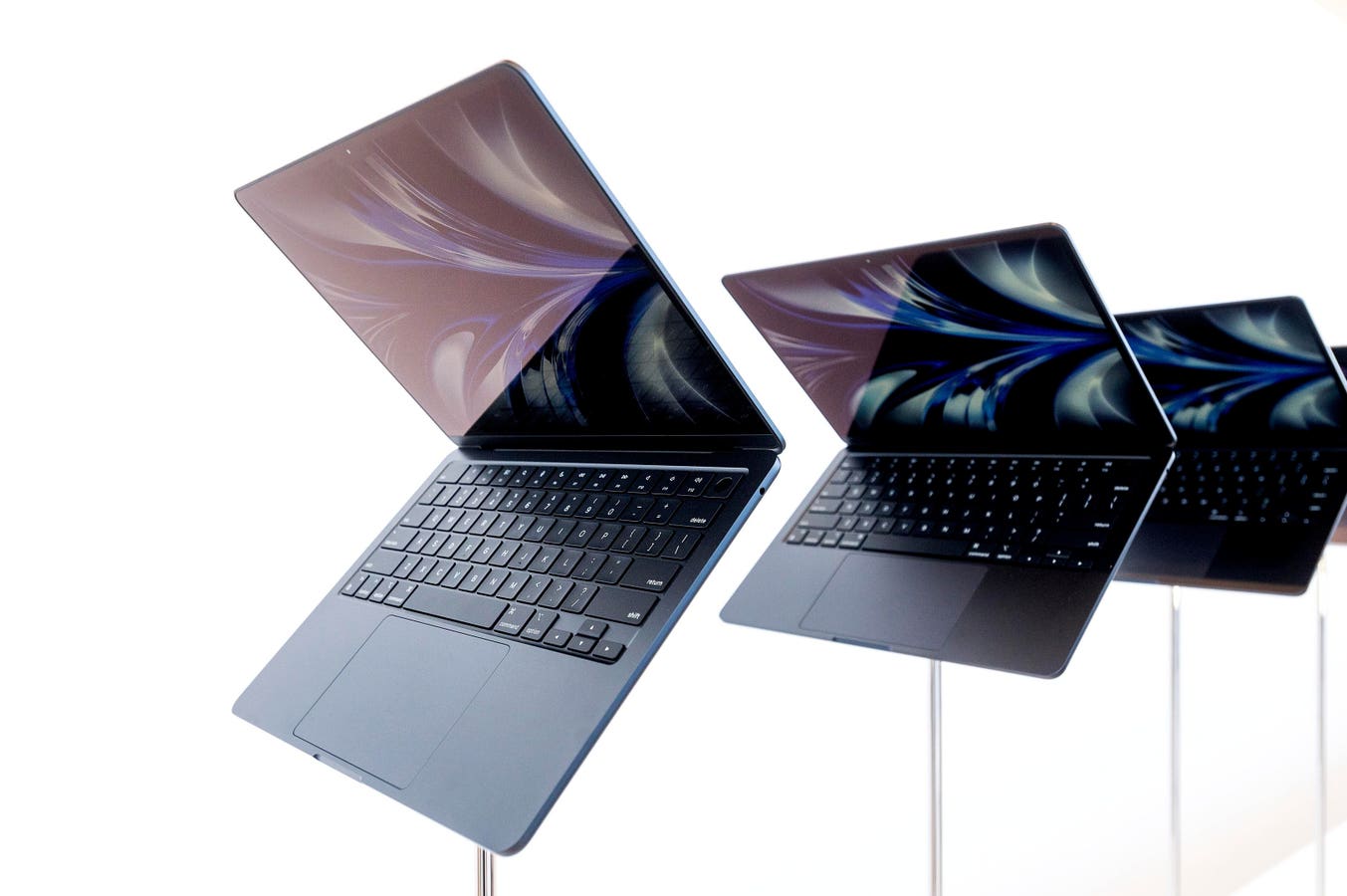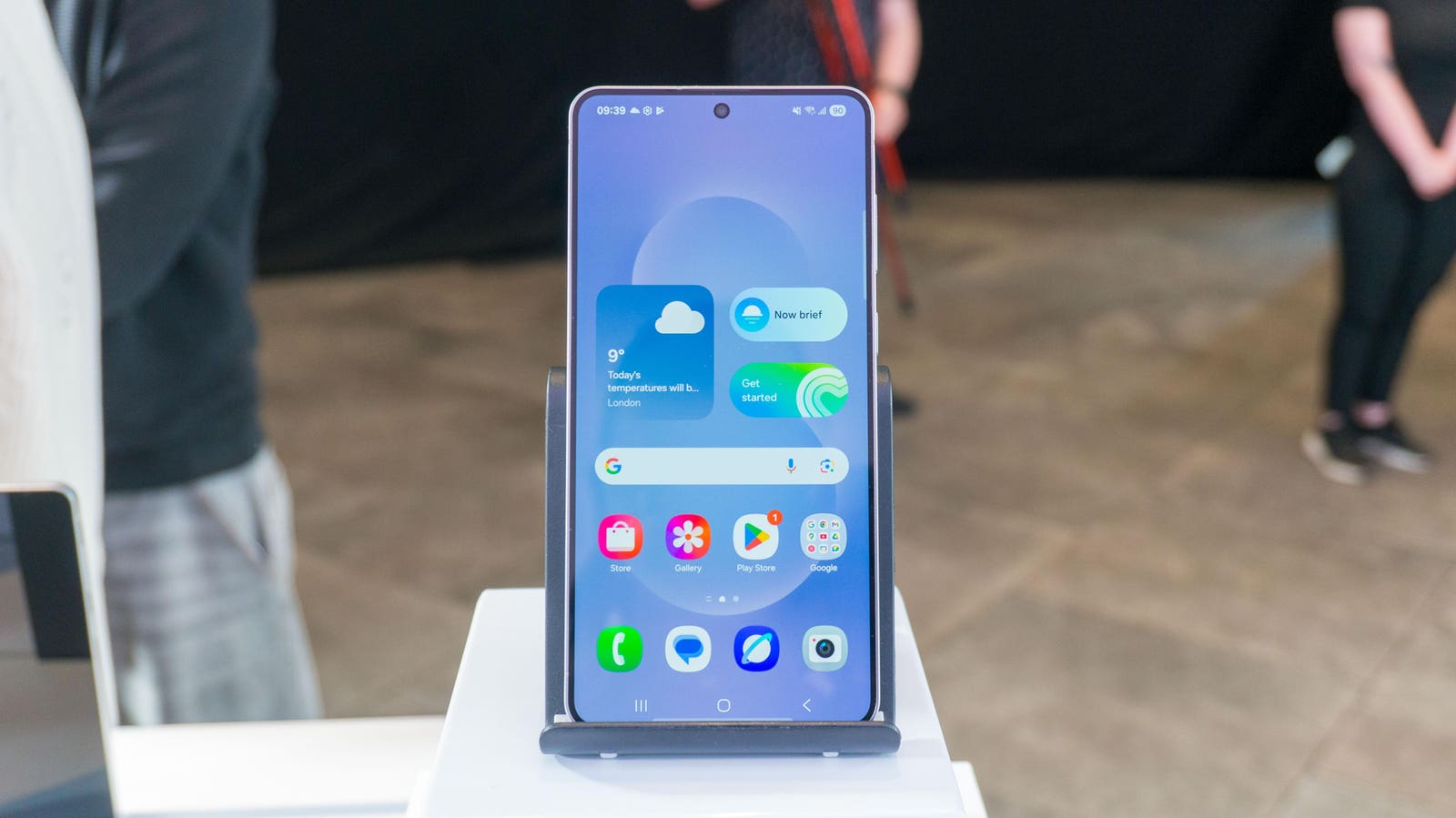Liquid cooling will likely be needed for SSDs that provide the performance needed for future AI data center workloads. Solidigm was demonstrating and talking about a prototype liquid cooled SSD at the 2025 OCP Summit.
The 2025 OCP Summit in Silicon Valley brought together customers and the supply chain for the hyperscale data center market. Total attendance was over 11,000, approaching 12,000, up significantly from about 7,500 at the 2024 event. Much of this growth was due to data center spending to gear up for AI applications and the importance of open reference designs and standards to enable industry growth.
AI workloads are increasing the demand for data center power as well as methods to cool the data centers. For several years various liquid cooling technologies have been on display at shows like the OCP Summit, but this year it looked like it would definitely happen in AI-workload data centers. Among the keynote talks at the show, Google talked about the Deschutes Coolant Distribution Unit, CDU, reference design for data centers, shown below.
Deshutes Coolant Distribution Unit reference design
In the OCP Summit exhibit area there were several companies showing their products based upon this reference design for a liquid cooling distribution system. The actual heat extraction is done by circulating the cooling fluid through cooling plates adjacent to the computing and other unit needing heat extraction.
The rising power requirements for GPUs and other computer logic is the big driver for liquid cooling, but other components are running hotter as well, driving them to need liquid cooling. One area that has not been a target for liquid cooling is digital storage, but solid state drive, SSD, manufacturer, Solidigm, gave a talk and exhibited an SSD and special cold plate design for a liquid cooled SSD.
They pointed out that although PCIe generation 5.0 SSDs generally only need up to 25W of power that with the move to PCIe 6.0, estimated in 2026 and eventually PCIe 7.0, likely in 2028 SSD power requirements could rise to 40W and even 60W as shown below. These new PCIe generations are required to increase the storage data rates to meet evolving GPU requirements.
GPU and SSD requirements for AI
Tom Coughlin
These higher SSD power requirements will generate more heat in the SSD. Solidigm pointed out that below an internal temperature of about 77oC an SSD operates at its specified data rate. However at about 77oC performance drops to 58% of spec performance and at 79oC it drops to 1% of the specified performance. This is called thermal throttling and the SSD will require cooling at these higher power levels, likely beyond what traditional air cooling can provide.
Solidigm addressed the cooling of SSDs by creating a special cooling plate design shown below. This design cools both sides of the SSDs and they are installed with a spring-loaded mechanism to allow release and hot swapping of SSDs when they fail. This design is imaged below.
Solidigm SSD cold plate for liquid cooling
Tom Coughlin
This design was on display at the Solidigm OCP Summit booth with coolant running into it. A picture of this is shown below. Liquid cooling may be needed for all the elements in AI hyperscale data centers.
Demonstration SSD cold plate at Solidigm OCP Summit exhibit
Tom Coughlin
In order to facilitate SSD cooling the company suggested some new specifications for SSDs. In particular the surfaces of the SSD that connect with the cold plate need to have tolerances for flatness and roughness, the cold plate contact sides need to be defined and sharp edges should be beveled.
During another talk on SSD form factor developments, EDSFF New and Upcoming Updates there was talk about liquid cooling of SSDs. That session focused on discussions by the OCP storage group after the 2025 FMS in August on requirements for future SSDs. There was a focus the E1, E2 and E3 specifications and liquid cooling. There was talk about needing to be able to cool SSDs with up to 79.2W power, even higher than the Solidigm projection.
I asked if the Solidigm work reflected the plans for liquid cooling SSDs and it seems it is seen as a prototype, which is probably fair. I will write more about these other SSD discussions in another blog.
Solidigm demonstrated a prototype liquid cooled SSD that may be needed for data center SSDs based upon the PCIe 6.0 and later generation SSDs.








